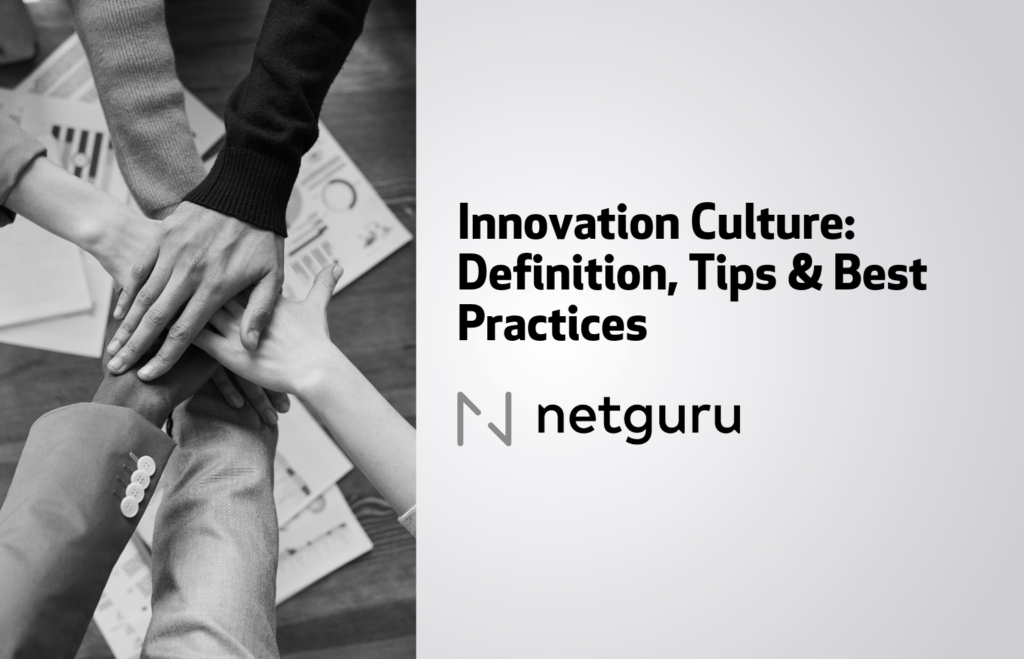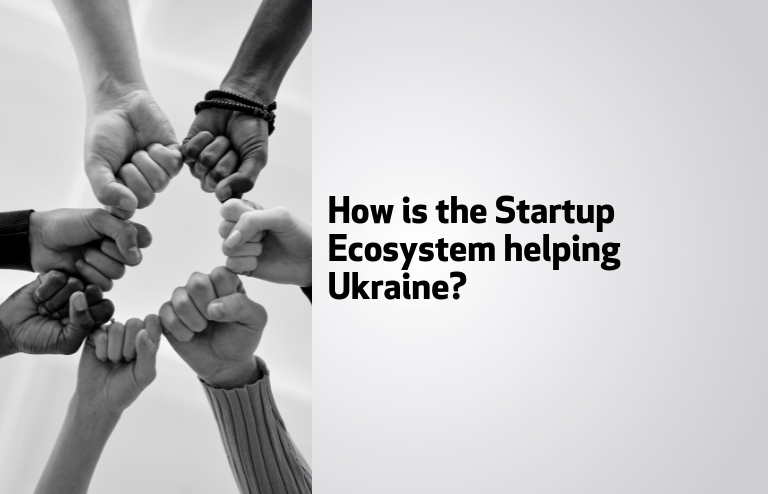Innovative startups developing medical technologies are increasingly marked on the market, but their effective development is determined by many factors. Last week Marcin Szczeciński, Investment Manager at Adamed Technology Sp. z o.o. focused on legal regulations and the specificity of the market as elements that young companies should pay attention to if they want to achieve market success. Today, he presents new challenges faced by startups developing medical technologies.
# Medicine based on (scientific) evidence
Evidence-based medicine is a paradigm of clinical practice nowadays. Startups developing medical technologies must be prepared to demonstrate, in appropriately designed studies, the characteristics that they claim for their products. In this respect, one cannot rely on one’s own convictions or assumptions. Strong evidence is needed.
If a startup believes that the new technology is better than the technology used today, such a value should also be proven. Situations, in which there are no alternatives to startups’ proposals, are very rare. A doctor who chooses a procedure, pointing to a startup’s technology, provided it was granted necessary approval, should have a convincing evidence that it is a superior solution to the standard of care.
I recommend relying on evidence to startups from the earliest stages of research for their future product. Surely, results of even very preliminary, but properly planned studies, which really demonstrate postulated features or advantages will be a stronger argument for a conscious investor, than perfectly designed slides full of buzz-words.
# Time, money, risk
The development of medical technologies is definitely above average in terms of costs. Of course, a great deal depends on what our technology is from a legal point of view and, therefore, what development path it has to follow.
Without a doubt, the highest costs apply to innovative drugs. Sources indicate values exceeding USD 2 billion, but it should be remembered that these are not only out-of-pocket expenses. Such estimates also include the cost of failed projects or lost benefits associated with the potential alternative use of capital. In any case, we are talking about tens or even hundreds of millions of dollars. Lower costs apply to the development of biosimilars and much lower costs to generic drugs. In the latter case, it is possible to carry out the research and development process and have a new medicinal product authorized with a budget of about USD 1-2 million. Therefore, it should not be unequivocally assumed that every drug development is in the billions of dollar range.
Lower or significantly lower costs are linked to the development of medical devices. There are no generalized estimates here because of the huge diversity among this class of products. However, for the most demanding, invasive medical devices, amounts may approach the orders of magnitude typical of novel drugs. The lower the product class (in terms of classification), the more modest investments will be required. One can imagine delivering a Class I medical device project for PLN several hundred thousand.
Medical technologies are not developed and validated within weeks or months. Rather, it is necessary to prepare for a long-term effort before a product can be marketed. In the case of innovative drugs, this is typically more than a decade. For advanced, invasive medical devices this will be a similar period. Even if a product can be developed in a relatively short time, demonstrating its effectiveness and safety may prove to be a long-term challenge given the paradigm of evidence-based medicine.
Health technology projects are also characterized by a high technical risk of failure. Despite best efforts, having an outstanding team and top-notch advisors, technology in clinical trials or earlier studies may not bring the results as intended. Again, novel drugs rank first in this area, where the assumption that the chances of success are one-digit percent for projects starting from the early discovery stage may be a bit over-optimistic.
To sum up, we are dealing with very expensive, long-term and typically risky projects. Nevertheless, it is one of the areas of fierce investment. High risk also means high rewards. The financial markets have developed a number of mechanisms which allow funding such projects. Often there are consecutive investment rounds, and the developed asset can pass from hand to hand several times before it reaches the market. This gives investors from earlier stages the possibility of at least partial exit.
It is important that the startup itself is well aware of the necessary financial outlays for its venture and when the product can enter the market. It should be communicated fairly to its potential investors. I would also suggest, in the first place, speaking to those investors who have the appropriate knowledge, know the level of risk and the risk management mechanisms. Otherwise, one can have an investor onboard with excessive and unrealistic expectations, who will be surprised by the fact that a year has passed and there is not yet a ready-made new approved drug.
# Patent situation
The fact that the development of medical technologies is costly, long-lasting and risky does not discourage competition at all. A startup, which claims to have no competitors even with a product in development, is in 99.99% of cases wrong. Medical technologies are an area of very intense patenting activity, both on the part of the biggest players, as well as small companies or universities. Typically, taking into account a prior art, a freedom to operate for a given new medical technology is more comparable to a minefield than to a charming meadow stretching across the horizon.
I believe that an essential part of any project involving medical technology is to look as early as possible, even if only preliminarily, at the freedom-to-operate (FTO) in the field of relevant technical domain. It is then too early to fully investigate the FTO, but starting a project without any awareness of third party rights that may restrict it usually ends in one way – disaster.
The second issue is to take a critical look at whether the team’s solution is patentable. Lack of chances to secure intellectual property in the case of medical technologies will be a very serious obstacle to attracting an investor. For innovative medicinal products, a patent is a sine qua non condition to seriously consider commercialization. There are very few exceptions to this rule. When patenting please remember that the Polish pharmaceutical market is roughly 1% of the global one. Claiming patent protection solely in Poland is absolutely insufficient.
In the field of medical technologies, a considerable market for IP assets that could be licensed at different stages of product development (e.g. drug candidates), even before it is placed on the market, exists. A startup’s “product” can be just such an asset. However, there is an important condition for such a transaction to have a raison d’être. The asset needs to be patent protected or granting a patent protection should be very likely.







